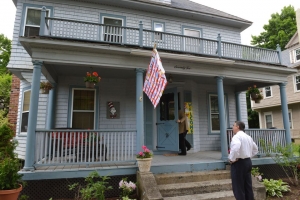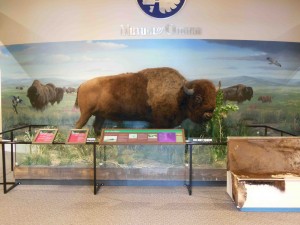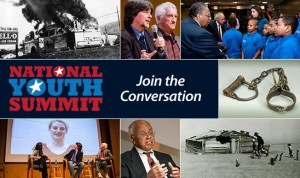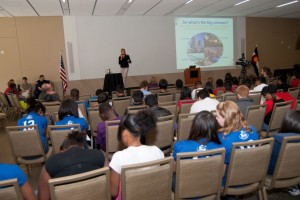Kudos Affiliates!! August 2019
Congratulations to these Affiliates on their recent accomplishments! Do you have kudos to share? Please send potential entries to Aaron Glavas, GlavasC@si.edu.
FUNDING
The Nissan Foundation awarded $740,000 in grants to 30 nonprofit organizations for its 2019 grant cycle. The grant recipients and projects include:
Arab American National Museum (Dearborn, MI) ($10,000)- Arab American Arts Festival and Community Development/Placemaking
San Diego Museum of Man (San Diego, CA) ($10,000)-Making San Diego Safe for Human Differences
Japanese American National Museum (Los Angeles, CA ($30,000)-School Visits Program
The Dubuque Museum of Art (Dubuque, IA) announced it has received several grants in support of its operations, educational programs, and a project to digitize its permanent collections:
$23,065 from the State Historical Society of Iowa, a division of the Iowa Department of Cultural Affairs, to carry out a three-year project to photograph and digitize nearly 2,500 works of art and upgrade its collections management software to increase public access, encourage scholarship, and foster engagement with its growing collection of American art;
$10,000 from the Iowa Arts Council, a division of the Iowa Department of Cultural Affairs, to support the museum’s operations and programs through June 30, 2020;
$9,259 from the Dubuque Racing Association to upgrade the museum’s server and to make other key technology upgrades;
$2,500 from ITC Midwest to fund K-12 arts education and field trips, building art skills into the 21st century, and creating more inclusive, affordable and culturally diverse programming.

Springfield Mayor Domenic Sarno pauses to look at the childhood home of Theodor S. Geisel.
The Dr. Seuss Foundation contributed a major gift to begin work on the Ted’s House and Innovation Center project. This will transform the childhood home of Dr. Seuss author Theodor S. Geisel and incorporate it into the Springfield Museums (Springfield, MA). The Innovation Center will focus on family, community, and environments of innovation and creativity, and use multimedia, multi-lingual resources to help visitors engage in an entertaining and exciting exploration of Geisel’s childhood, his home and neighborhood, and the many influences Springfield may have had on his art and writing.
Snug Harbor Cultural Center and Botanic Gardens (Staten Island, NY) received a $1 million allocation from the Staten Island borough’s council members for infrastructure and HVAC system upgrades at the facility.
Ball Brothers Foundation awarded $10,000 to Conner Prairie Museum (Fishers, IN) to support 60 visits to Delaware County, IN, schools to bring history and science programming to students and teachers.
AWARDS & RECOGNITION
American Association for State and Local History (AASLH) announced the winners of the 74th annual Leadership in History Awards, the most prestigious recognition for achievement in the preservation and interpretation of state and local history. The winners include:
Conner Prairie Museum and Asante Children’s Theatre received the Award of Excellence for Giving Voice: African-Americans’ Presence in Indiana’s History.
History Colorado (Denver, CO) for the History Colorado Collections on view in Silverton, Colorado.
Montana Historical Society (Helena, MT) for project Montana and the Great War.
Senator John Heinz History Center (Pittsburgh, PA) for the We Can Do It: WWII Traveling Exhibit Outreach Project.

Judy Rand with her award winning script for the special exhibit Underwater Beauty at the Shedd Aquarium.
Congratulations to Judy Rand, winner of the 2019 American Alliance of Museums’ Excellence in Exhibition Label Writing competition for Shedd Aquarium’s (Chicago, IL) special exhibit Underwater Beauty. Sponsored by AAM’s Curators Committee in cooperation with the Education Professional Network (EdCom) and National Association for Museum Exhibition (NAME). The competition recognizes outstanding label writing that’s “clear, concise, and captivating…a combination not easily achieved.”
LEADERSHIP
The Board of Trustees of the Springfield Museum of Art announced the appointment of J.D. Beiting as Interim Executive Director. Mr. Beiting replaces Ann Fortescue, who departed for McAllen, Texas. Mr. Beiting will serve as Interim Executive Director for a period of three to six months or until the permanent successor is announced.
Cathy Green has been named executive director of the Wisconsin Maritime Museum (Manitiwoc, WI). Green served as interim director the past six months after the resignation of previous director Rolf Johnson. She had previously served as deputy director and chief curator of the museum throughout 2018.















